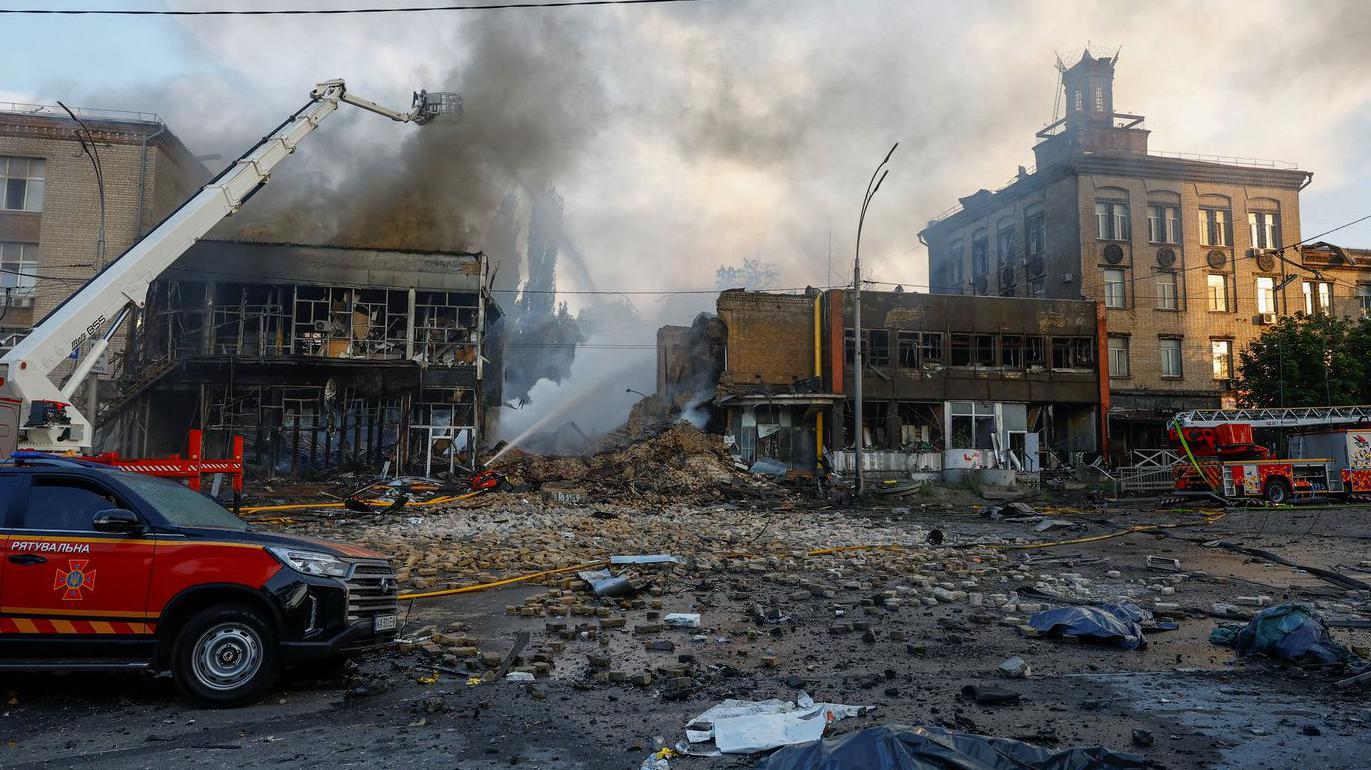On June 6, 2023, Russia launched massive airstrikes on several cities in Ukraine, including Kyiv, Lutsk, and the Ternopil region. At least three people were killed and dozens injured. The attacks followed Russian President Vladimir Putin’s announcement of a response to Ukrainian drone attacks on Russian airbases. Ukrainian President Volodymyr Zelensky condemned the attacks and called on the international community to pressure Russia to stop the war. The Russian Ministry of Defense stated that the targets were military facilities and that precision long-range weapons and drones were used. The attacks caused damage to residential buildings and infrastructure, forcing thousands to seek shelter. Meanwhile, negotiations between Russia and Ukraine have not made significant progress, with Russia rejecting the unconditional ceasefire demanded by Ukraine.
Political Perspectives:
Left: Left-leaning outlets emphasize the human cost of the Russian airstrikes, highlighting civilian casualties and the suffering of the Ukrainian people. They often frame Russia as the aggressor violating international law and call for increased international support for Ukraine. The narrative stresses the need for diplomatic solutions but condemns Russian military actions.
Center: Center-leaning sources report the facts of the airstrikes with a focus on the military aspects and official statements from both sides. They provide balanced coverage of the ongoing conflict, including the context of Ukrainian drone attacks and Russian responses. The narrative includes calls for peace negotiations and highlights the complexity of the conflict without overt bias.
Right: Right-leaning media often emphasize Russia’s justification for the airstrikes as a response to Ukrainian provocations, such as drone attacks on Russian military bases. They may portray the Ukrainian government as responsible for escalating the conflict and stress the legitimacy of Russia’s military actions. The narrative sometimes questions Western involvement and highlights the strategic aspects of the conflict.












